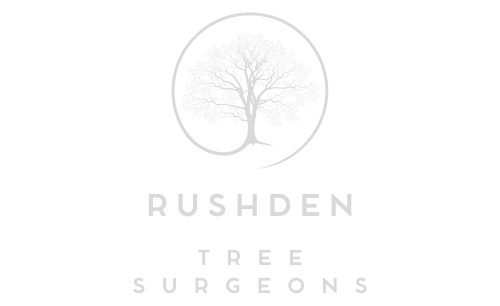Stump Grinding: Exploring Different Grinding Speeds and Techniques
Introduction: Stump grinding is a versatile and efficient method for removing tree stumps and reclaiming outdoor spaces. However, achieving optimal results requires careful consideration of grinding speeds and techniques. In this blog post, we’ll explore the importance of grinding speeds and techniques in stump removal projects and discuss different approaches for maximising efficiency and effectiveness.
Understanding Grinding Speeds:
Variable Speed Grinding:
- Some stump grinding machines offer variable speed settings, allowing operators to adjust the grinding speed based on the job’s specific requirements. Variable speed grinding offers flexibility and precision, enabling operators to control the grinding process more effectively. Lower speeds may be used for precise grinding in delicate areas or around obstacles, while higher speeds can be utilised for faster material removal in open spaces.
High-Speed Grinding:
- High-speed grinding involves operating the machine at maximum speed to achieve rapid material removal and expedite the stump removal. This approach is ideal for tackling large stumps or projects with tight deadlines where efficiency is paramount. High-speed grinding can help tree surgeons complete jobs quickly and minimise downtime, making it a preferred option for certain applications.
Low-Speed Grinding:
- In contrast, low-speed grinding involves operating the grinding machine at a slower pace to achieve more controlled and precise removal of the stump. Low-speed grinding is well-suited for tasks that require careful attention to detail, such as grinding near delicate landscaping features or underground utilities. By reducing the grinding speed, operators can maintain greater control over the process and minimise the risk of damage to surrounding property.
Exploring Grinding Techniques:
Circular Grinding Motion:
- The circular grinding motion involves moving the grinding machine in a circular pattern around the perimeter of the stump, gradually working inward toward the centre. This technique allows for even material removal and helps prevent the formation of high spots or uneven surfaces. Circular grinding is commonly used for standard stump removal projects and provides consistent results when executed properly.
Cross-Hatch Grinding:
- Cross-hatch grinding involves overlapping passes in a crisscross pattern across the stump’s surface. This technique ensures thorough material removal and helps achieve a smoother, more uniform grind. Cross-hatch grinding is particularly effective for large stumps or areas with dense wood, as it allows operators to break down the stump systematically and reduce the risk of missed spots or uneven grinding.
Feathering Technique:
- The feathering technique involves the grinding machine over the stump’s surface, gradually reducing the grinding depth as the stump is ground down. This approach is useful for achieving a smooth transition between the ground surface and surrounding terrain, minimising the appearance of stump remnants and facilitating site cleanup. Feathering allows operators to blend the stump into the landscape seamlessly, enhancing the overall aesthetics of the area.
Conclusion: Grinding speeds and techniques play a critical role in the success of stump removal projects, influencing efficiency, precision, and overall results. By exploring different grinding speeds and techniques, tree surgeons can tailor their approach to the specific requirements of each job and achieve optimal outcomes. Whether utilising variable-speed grinding for flexibility, high-speed grinding for efficiency, or low-speed grinding for precision, selecting the right approach is essential for achieving smooth and successful stump removal.
Call us on: 01933 422 068
Click here to find out more about Rushden Tree Surgeons
Click here to complete our contact form and see how we can help with your tree’s needs.

